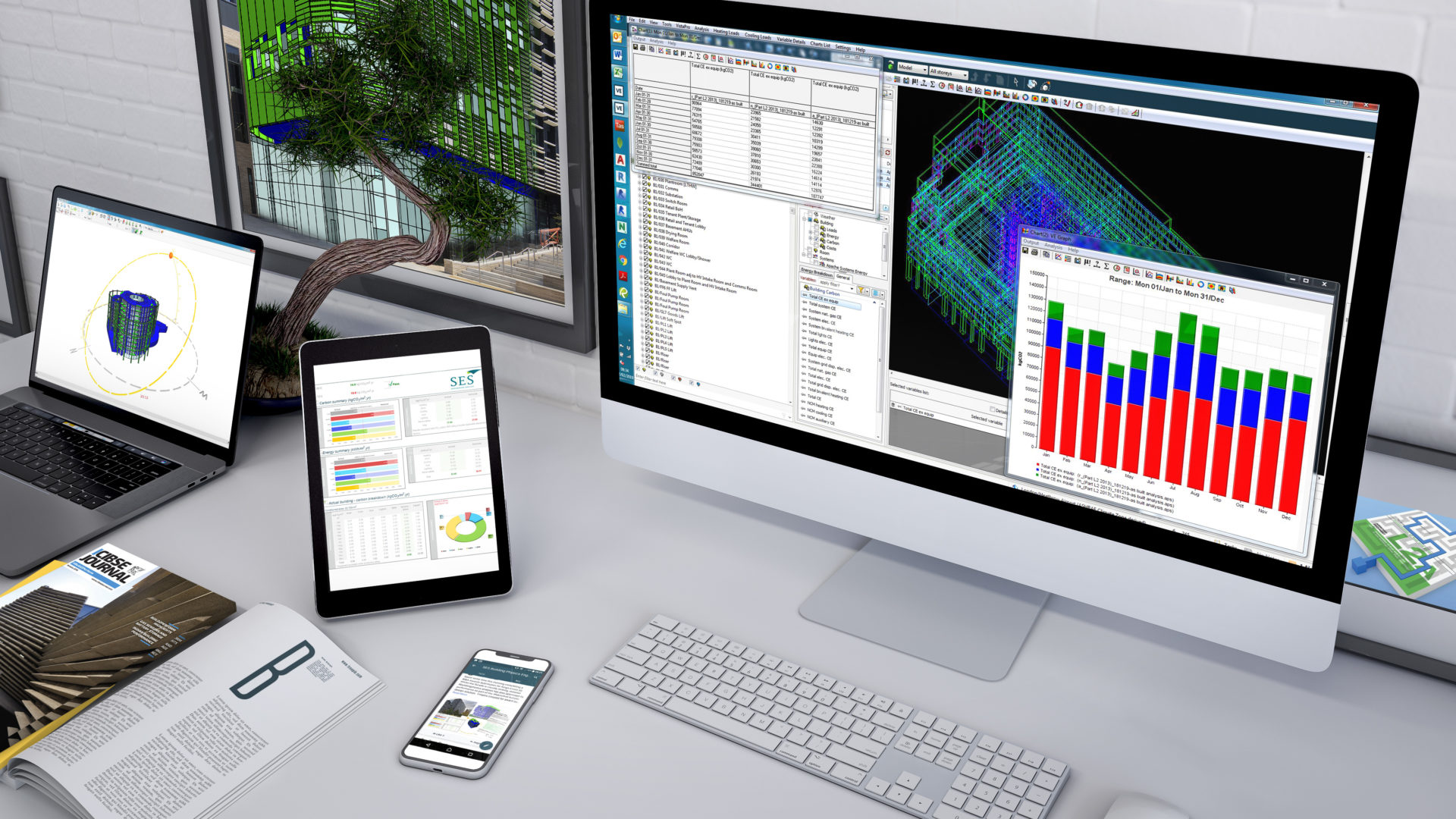WHY DIGITAL ENGINEERING AT SES
Digital Engineering and BIM allows us to embrace technology, innovation, integrated project delivery, collaborative working and distributed leadership.
SES’ goal is to continue to be industry leaders in adopting digital engineering and BIM into our operations and business processes – creating value and efficiency and driving down costs and time. We continue to build on our strategy of ‘Input Once – Use Many Times’ to ensure that maximum benefit is delivered to SES, our stakeholders and our customers using digital procedures to influence cultural and procedural change within the wider construction industry.





